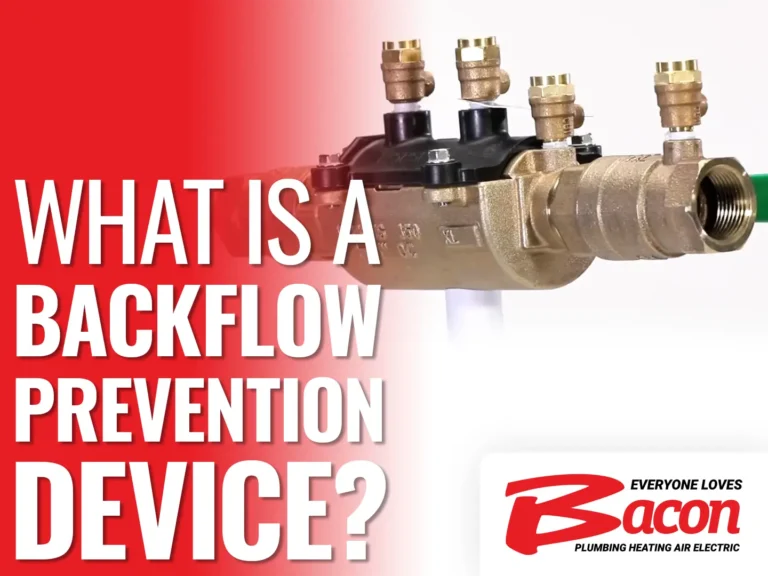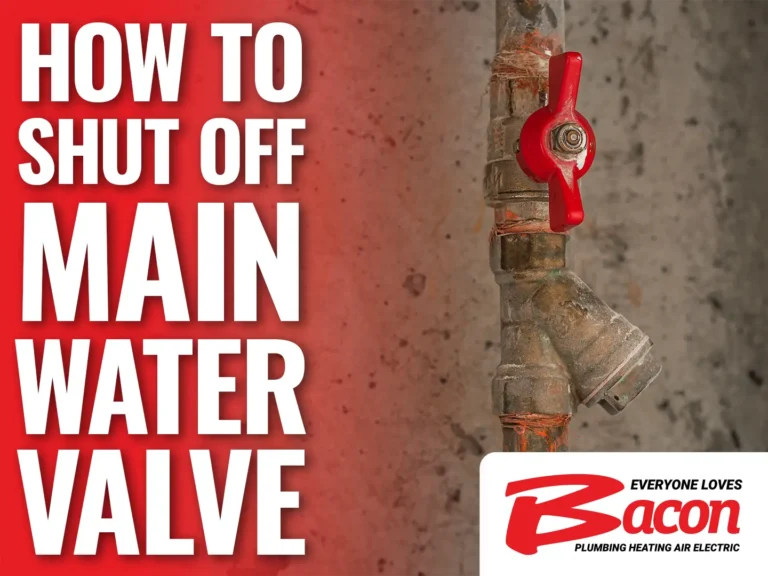Having issues with your water heater not working properly? There are many different reasons that your water heater may heat too slowly or have some other problem, which can make pinpointing the specific cause quite difficult. Today we’re going to discuss some of the most common water heater issues and how to troubleshoot the specific causes of each.
1. No Hot Water
If you have no hot water, it means that your unit isn’t running for some reason. It could be that it isn’t receiving gas or electricity or that the pilot light is out. There is also a chance that the unit has simply failed and will need to be replaced.
2. Water Doesn’t Get Hot Enough
If your water isn’t getting hot enough, the most obvious solution is to turn it up to the next highest temperature setting to see if this fixes the issue. There is always a chance that someone accidentally turned the temperature down. Be careful that you don’t turn the temperature up too high, though, or else you get possibly get scalded.
If turning the temperature up doesn’t solve the problem, you will then want to have a plumber inspect your water heater. If the unit is electrical, it could be that one of the two electrical heating elements has failed or is beginning to wear out. If you have a gas water heater, the burner may need to be cleaned as the ports can get clogged and prevent the burner from producing as much heat. The temperature control on either a gas or electric unit can also wear out or malfunction, and the only solution to this problem is to have the temperature control replaced.
3. Water Is too Hot
If your water is too hot and turning the temperature down doesn’t fix the problem, you can be fairly certain that the unit’s temperature control is faulty. Again, the only option here is to have the control replaced as it cannot be repaired. Luckily, replacing a faulty temperature control is a fairly easy task and much cheaper than many other water heater repairs or having to replace the entire unit.
4. Water Takes a Long Time to Reheat
How long it takes for a water heater to fully reheat after all of the hot water has been used is known as the unit’s recovery time. The recovery time for a gas water heater should be somewhere around 30 minutes to an hour, depending on how large the tank is, whereas the typical recovery time for electric water heaters is around one to two hours.
If your water heater suddenly experiences a much longer recovery time, it could be related to an issue with the electric heating elements or the gas burner. Another possibility is that there is lots of sediment inside the tank, which can be fixed by having a plumber drain and flush the tank.
On electric units, sediment can insulate the lower heating element and prevent it from transferring much heat to the water. On gas units, sediment will absorb much of the heat from the burner and cause the unit to heat far more slowly.
5. Hot Water Runs Out Quickly
There are also situations where your water may start out sufficiently hot but then quickly get cold far sooner than it should, and this problem is often caused by a broken dip tube. The dip tube connects to the cold water intake and is where new water flows into the tank. Instead of simply flowing into the top of the tank, the dip tube channels the cold water down to the bottom of the tank.
This is important as the hot water is drawn out from the top of the tank, and the dip tube ensures that the cold water doesn’t mix with the hot water higher up in the tank. If the dip tube is broken, you will run out of hot water very quickly as all of the new cold water coming into the unit will mix with the existing hot water and quickly cool it off.
6. Water Heater Makes Loud Noises
There are also times when you may hear a gas water heater making a loud knocking or banging sound whenever it heats, and this problem almost always indicates that you need to have the unit flushed to get rid of all of the sediment. Whenever the unit heats, hot air bubbles form and rise to the top of the tank. When lots of sediment is present, these air bubbles can disturb the sediment and break it up so that it starts to knock against the tank.
7. Water Dripping Down the Side of the Unit
Water dripping down the side of the tank is usually caused by the temperature and pressure relief valve opening. The relief valve works to prevent the pressure inside the tank from ever becoming too high. If the pressure does rise above a certain level, the valve will open and let some water out to instantly lower the pressure back down to a safe level.
The relief valve can sometimes break or get stuck slightly open so that a small amount of water constantly drips out. If the valve is working correctly and continues to open often, it means that there is some issue causing the water to get too hot. In most cases, the problem is related to a faulty temperature control that is preventing the unit from shutting off once the water reaches the correct temperature.
8. Water Leaking Out of the Bottom of the Tank or Pooling on the Floor
If you notice water leaking out of the bottom of the tank or pooling up on the floor around the unit, you should immediately call a plumber and schedule a time to have the unit replaced. This type of leak almost always indicates that the tank has corroded and the unit will need to be replaced. Once the tank starts leaking, there is a chance that it could fully rupture and send its entire contents rushing out, so we definitely wouldn’t recommend waiting to schedule a replacement.
9. Pilot Light Won’t Stay Lit
If you have an older gas water heater with a pilot light, the pilot light can, sometimes, get blown out by a strong draft, and it will also go out if the gas ever shuts off for any reason. If you can’t get the pilot to relight, you will need to have a plumber inspect it. It could be that the pilot tube is clogged, the thermocouple is dirty or faulty or that the pilot control is bad and needs to be replaced.
10. Hot Water Is Discolored or Smells Bad
Rusty or discolored hot water is a sign that either the tank is beginning to corrode or the anode rod needs to be replaced. The anode rod is a piece of steel that is coated in aluminum, zinc or magnesium, and it works by reacting with the minerals in the water to ensure that the tank doesn’t corrode. Instead of the minerals reacting with and corroding the tank, the metal coating on the anode rod sacrifices itself so that the metals react with and corrode it instead. At some point, the coating will get completely eaten away, and the rod will need to be replaced.
Smelly hot water also usually means that the anode rod needs to be replaced. When minerals start reacting with the steel tank, they can provide sulfides that can give the water a smell similar to rotten eggs or dirty feet.
Bacon Plumbing Heating Air Electric is here to help if you’re experiencing any water heater issues or need any other plumbing services, and we can also take care of all of your heating, cooling and electrical needs. For more information or to schedule any home service in the Dallas area, give us a call today.



